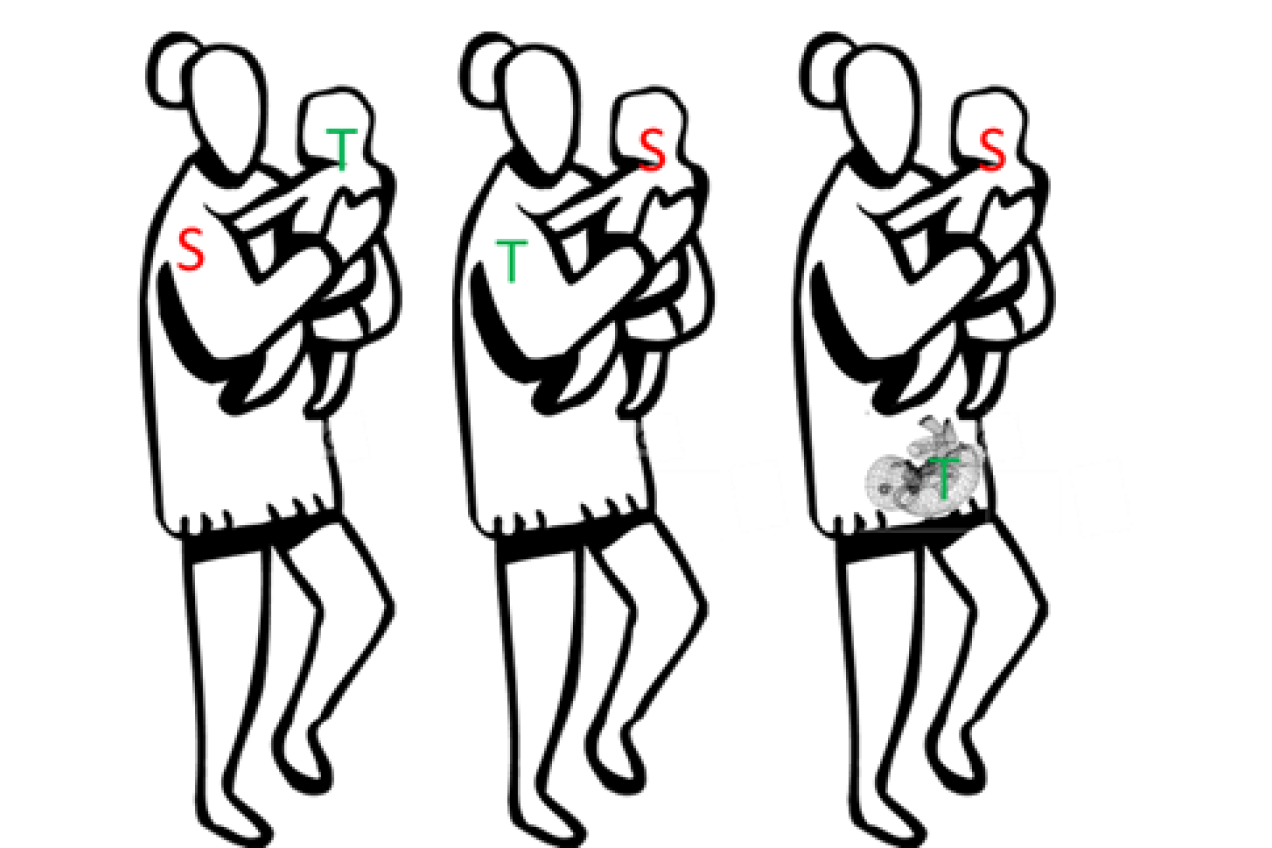WG6 – Computational dosimetry
-

Chairperson
Hans Rabus
Physikalisch-Technische Bundesanstalt (PTB), Germany
Email: hans [dot] rabus [at] ptb [dot] de (hans[dot]rabus[at]ptb[dot]de) -

Secretary
José María Gómez Ros
CIEMAT (Spain)
Email: jm [dot] gomezros [at] ciemat [dot] es (jm[dot]gomezros[at]ciemat[dot]es) -

Membership
Working Group 6 has:
- 34 full members from 13 countries
- 20 corresponding members
Motivation
Computational methods are indispensable tools in the field of radiation dosimetry, with a wide variety of applications ranging from simulation of the response of radiation detectors, simulation of radiation transport in complex geometrical setups to obtain the radiation fluence at a region of interest, to the assessment of dose quantities in exposed humans. A large variety of computer codes are available for these purposes of which many have developed to versatile, easy-to-use tools for ‘everybody’ while others require more expertise already in their operation.
Aim of working group:
Promoting good practice in the field of computational methods in radiation dosimetry for radiation protection and applications in radiation medicine
WG6 will contribute by:
As a pool of European expertise in this field, Working Group 6 promotes good practice in the field of computational methods in radiation dosimetry for radiation protection and applications in radiation medicine. It carries out scientific research and development as well as knowledge transfer activities in the area of computational dosimetry. While Monte Carlo simulations are the dominant method, other aspects of computational dosimetry such as spectra unfolding or the proper use of voxelized geometrical models are also considered.
The focus on techniques rather than scientific topics implies a cross-sectional role of WG6 and collaboration with other EURADOS WGs, covering a large number of up-to-date topics in radiation dosimetry. Furthermore, knowledge transfer on the competent use of Monte Carlo codes and other computational techniques by training courses and comparison exercises are key aspects of the WG6 scope.
Task Groups
-
Task 1 - Neutron spectra unfolding
Task Group leader: José-Maria Gomez-Ros (CIEMAT, Spain)
Comparison exercise on reconstructing neutron spectra from the knowledge of the system response
function and the values of counts obtained with a set of Bonner Spheres. -
Task 2 - Micro- and nanodosimetry
Task Group leader: Carmen Villagrasa (IRSN, France)
- Fundamental issues in track structure calculations
- Uncertainty exercise for micro- and nanodosimetric problems and task force defining follow-up action
- Dose effects of nanoparticles
-
Task 3 - Individual monitoring
Task Group leader: Jonathan Eakins (UKHSA, United Kingdom)
- Workshop in the role of computational methods in individual monitoring
- Conversion coefficients from mobile phones to organ doses (with WG 10)
- Calculation of protection quantities for emergency/accident dosimetry
- Establishing a task force for shaping an action related to hot-particle skin dosimetry
-

Task 6 - Voxel phantoms
Task Group leader: Maria Zankl (Germany)
- Intercomparison on the implementation of the ICRP reference voxel phantoms
- Use of ICRP voxel phantoms
-
Task 7 - High energies
Task Group leader: Rick Tanner (UKHSA, United Kingdom)
- Investigation of the discrepancies due to the different models employed in the various high energy codes to generate cross-section data for the whole MeV-GeV energy domain. (with WGs 9 and 11)
- Establishing a task force for defining a code intercomparison/evaluation action related to high energy neutrons
-
Task 8 - SRA input and WG strategy
Task Group leader: Hans Rabus (PTB, Germany)
-

Task 9 - Nuclear medicine: EANM collaboration
Task Group leader: Lara Struelens (SCK CEN, Belgium)
- Computational approach for dose assessment of carers/comforters of nuclear medicine patients
- Collaboration with Pilot Group, WG7 and WG12
-
Task 10 - MC in medical applications
Task Group leader: Hrvoje Brkić (Faculty of Medicine Osijek, Croatia)
- Dosimetry in Brachytherapy (WG9)
- Dose to foetus under radiotherapy of the mother (WG9)
- Stray radiation from scanning proton therapy (WG9)
- Normalisation of secondary radiation from scanning proton therapy (WG9)
- Literature review on emerging radionuclides (with WG 12 and WG 7)
